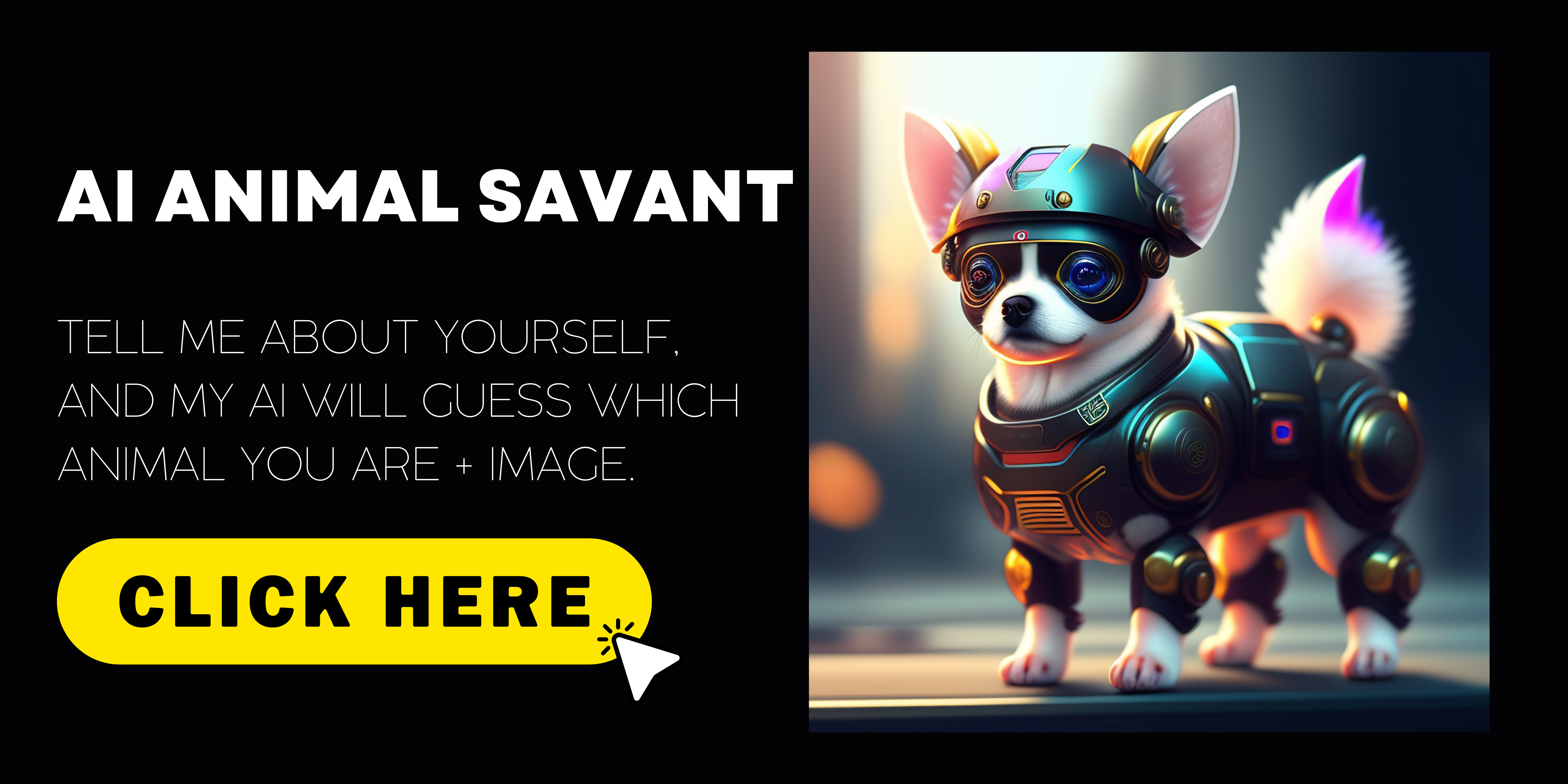Huskies are known for their striking appearance and captivating features, including their beautifully fluffy coats and expressive eyes. One aspect that often piques curiosity and raises questions among Husky enthusiasts is the nature of their tails. Specifically, many wonder if all Husky tails curl. In this blog post, we will delve into the fascinating world of Husky tail variations, addressing this common question and shedding light on the diverse range of tail types that can be observed within the breed.
When we think of Huskies, the image of a curled tail often comes to mind. It’s true that many Huskies do possess this distinctive curl, adding to their overall charm and allure. However, it’s essential to note that not all Huskies have curled tails. In fact, Huskies exhibit a remarkable range of tail variations, from tightly curled tails to straight or slightly curved ones.
This diversity within the Husky breed is part of what makes each individual so unique and special. While a curled tail is a prominent trait often associated with Huskies, it is not an absolute characteristic that defines the breed as a whole. Huskies with straight or slightly curved tails are just as authentic and represent the breed in their own distinct way.
Understanding the factors that contribute to tail curl or straightness in Huskies involves delving into the realm of genetics. Certain genes are responsible for determining the tail characteristics in these magnificent dogs. It’s important to remember that tail curl is not necessarily an indication of breed purity or quality. A straight-tailed Husky is still recognized as a purebred and can possess all the other characteristic traits that make the breed so beloved.
In the following sections, we will explore the different tail variations seen in Huskies, discuss the factors influencing tail curl, celebrate the beauty of straight-tailed Huskies, and provide essential care tips for tail health. By the end of this blog post, you will have a deeper understanding of the fascinating world of Husky tail variations and a newfound appreciation for the diverse qualities that make each Husky so special.
So, let’s embark on this journey of discovery and celebrate the wonderful diversity within the Husky breed. Whether curled or straight, every Husky tail is a unique expression of their individuality, adding to the enchantment and allure of these magnificent dogs.
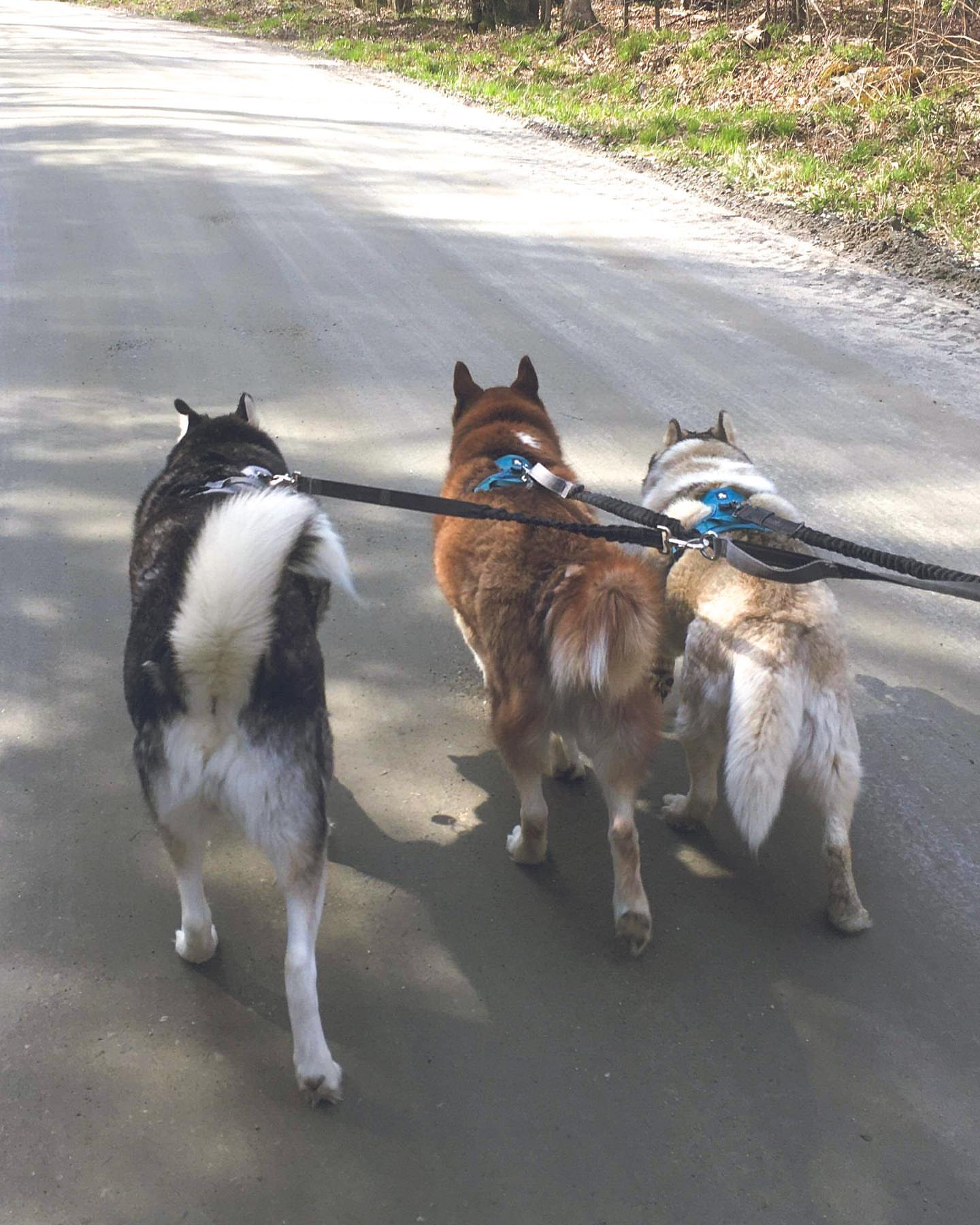
Husky Tail Characteristics
When it comes to Husky tails, there are distinct characteristics that make them an eye-catching feature. In this section, we will delve into the typical appearance and variations of Husky tails.
A husky tail is known for its bushy and dense fur adding to the breed s signature appeal this luxurious coat extends to their tails creating a fluffy and captivating look while many huskies do have curled tails it s important to note that not all huskies exhibit this trait in fact there is a range of tail variations seen in this remarkable breed.
Some huskies possess tightly curled tails which form a distinct curl that contributes to their overall aesthetic these curls can be particularly pronounced and add to the unique charm of the breed on the other hand some huskies have straight or slightly curved tails these tails may not possess the dramatic curl often associated with huskies but they are no less stunning in their appearance.
The diversity of tail variations within the Husky breed is a testament to the individuality and uniqueness of each dog. Regardless of tail shape or curl, Huskies continue to captivate us with their striking appearance and captivating personalities.
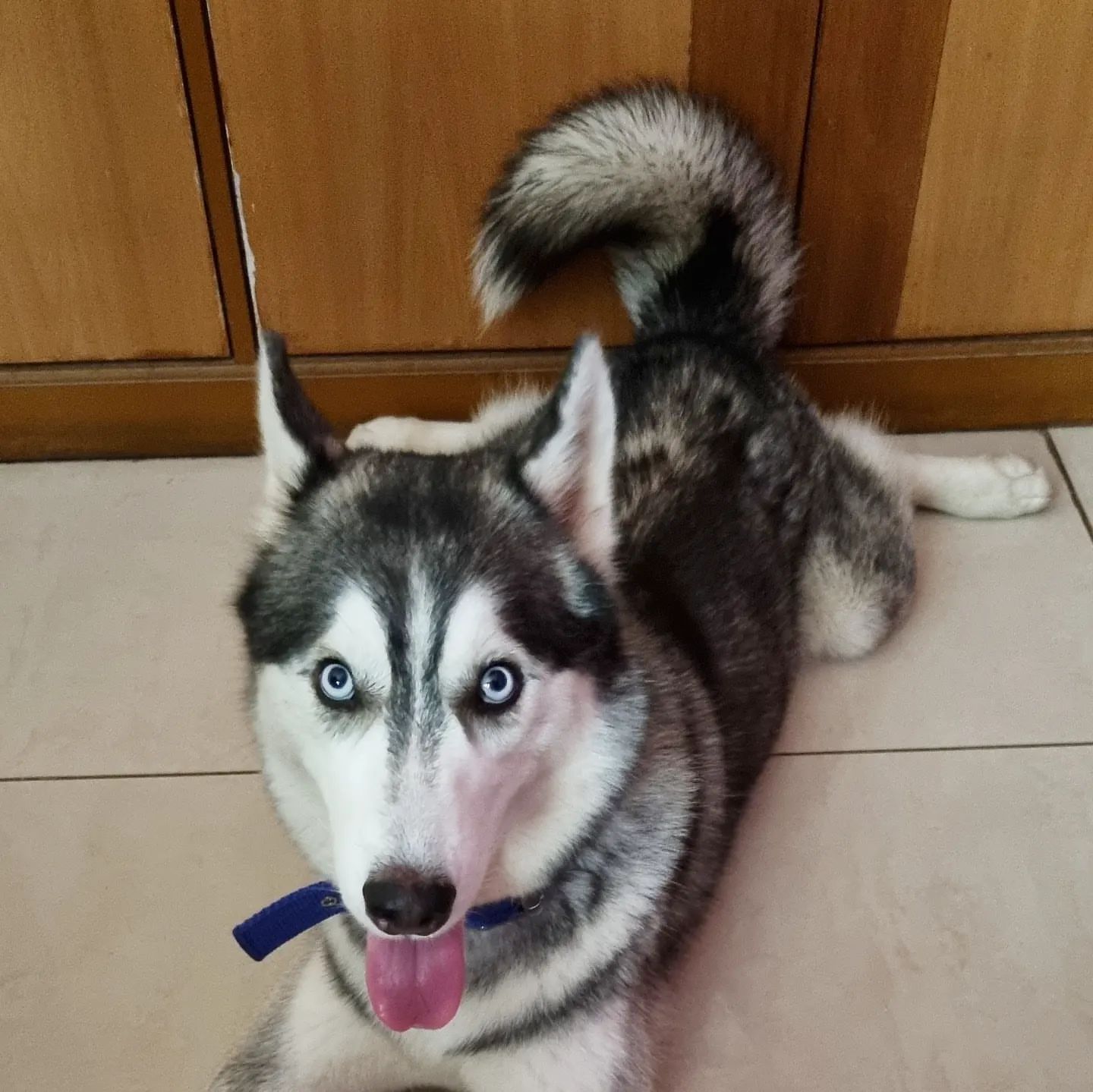
Factors Affecting Tail Curl
Tail curl in huskies is influenced by genetic factors which determine the characteristic shape and curliness in this section we will explore the genetic factors that affect tail curl in huskies and shed light on the significance of this trait.
Certain genes play a role in determining whether a Husky’s tail will be curled or straight. These genes can result in variations that manifest as different tail shapes within the breed. It’s important to remember that tail curl is not necessarily an indicator of breed purity or quality. A straight-tailed Husky is still recognized as a purebred and can possess all the other remarkable traits that define the breed.
The genetic diversity within the Husky population contributes to the range of tail variations observed. This diversity is a natural and inherent aspect of the breed, reflecting the rich heritage and lineage of these magnificent dogs.
Understanding that tail curl is influenced by genetics allows us to appreciate the uniqueness and individuality of each Husky. Regardless of tail shape, all Huskies possess the captivating allure and enchanting personality that make them beloved companions.
In the next sections, we will continue to explore the different tail variations seen in Huskies, celebrate the beauty of straight-tailed Huskies, and provide essential care tips for maintaining tail health. By embracing the diversity within the breed, we can foster a deeper appreciation for the fascinating world of Husky tails and the remarkable dogs they belong to.
You may like: My Dog eat paper towel should I Be Worried
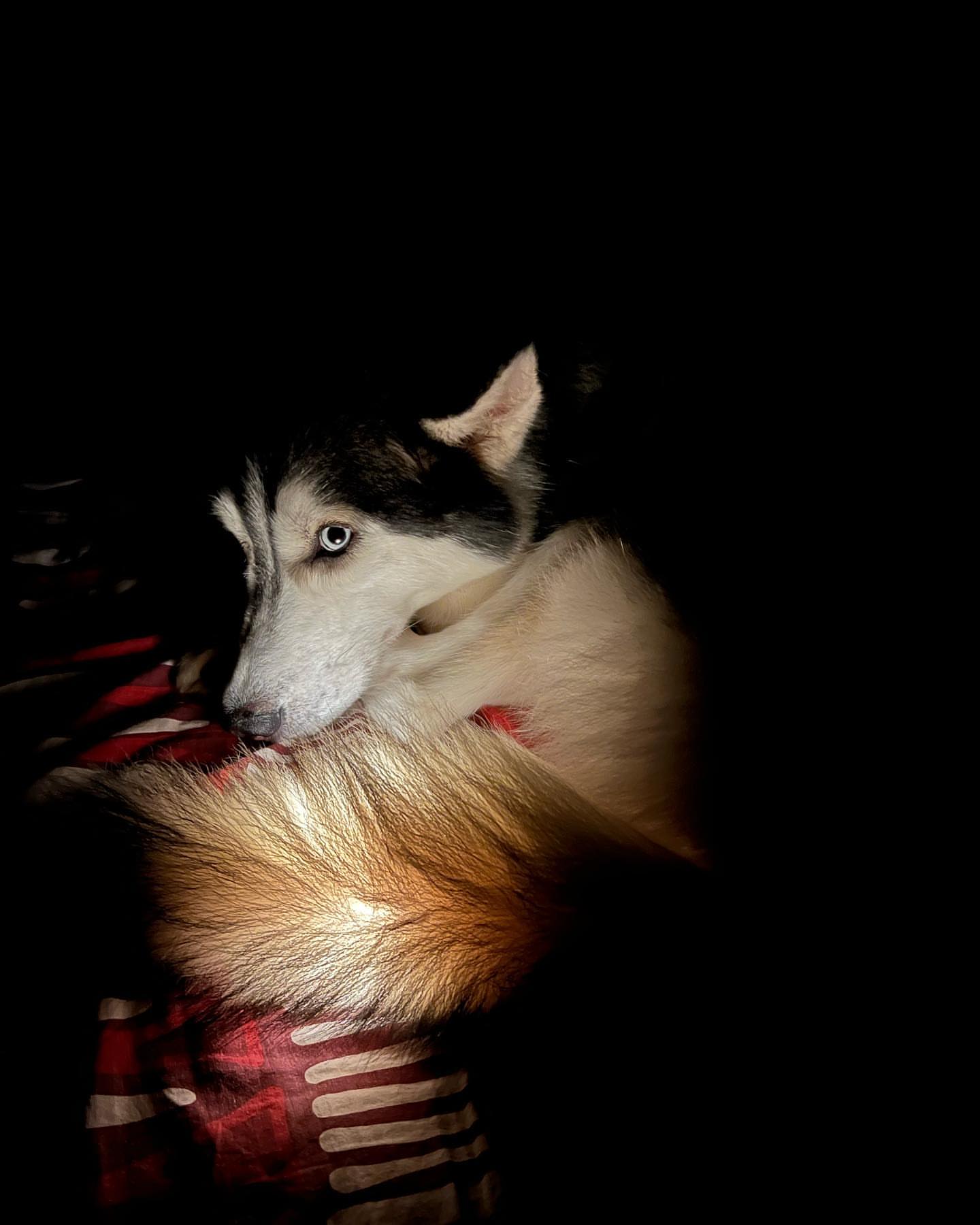
Straight-Tailed Huskies
While curled tails are often associated with Huskies, it’s important to acknowledge the presence of straight or slightly curved tails in some individuals. In this section, we will discuss straight-tailed Huskies and highlight their significance within the breed.
Straight-tailed Huskies are still recognized as purebred members of the Husky family. They possess all the other characteristic traits that make the breed so beloved. From their stunning coat patterns and striking eyes to their energetic and friendly personalities, straight-tailed Huskies exhibit the authentic beauty and charm that Huskies are known for.
It’s crucial to remember that a straight tail does not detract from the overall allure and authenticity of a Husky. Each dog’s tail is a unique and individual expression of their genetic makeup, and it adds to their distinctiveness. Whether the tail curls dramatically or remains straight, the inherent beauty and appeal of a Husky remain unchanged.
Straight-tailed Huskies are just as captivating and endearing as their curled-tail counterparts. They continue to mesmerize us with their majestic presence and playful nature. Embracing the diversity of tail variations within the Husky breed allows us to appreciate the individuality and charm of each dog.
You may like: Can dogs get dementia?
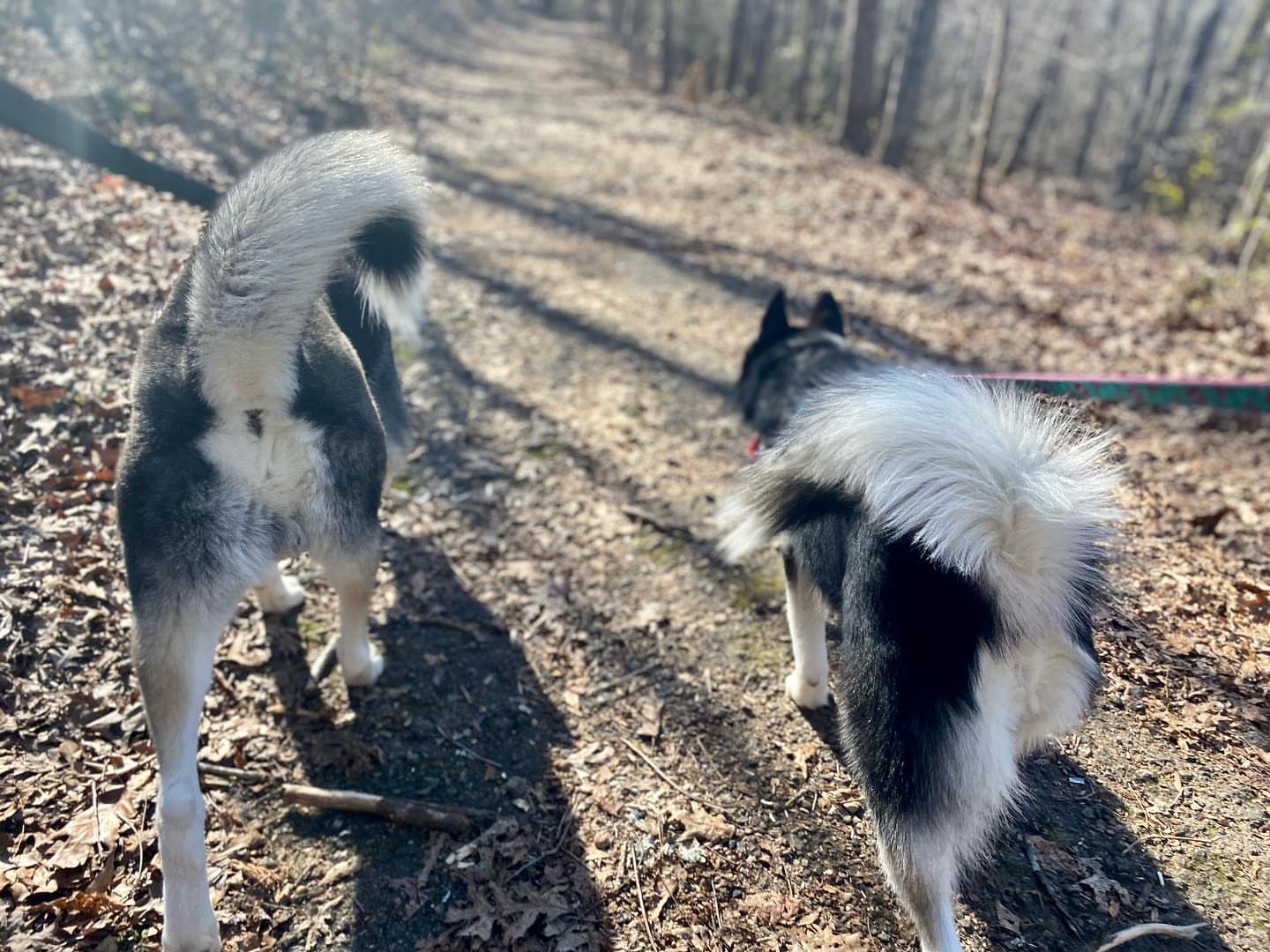
Tail Care and Health
Tail care is essential for maintaining the overall health and well-being of Huskies, regardless of the shape or curl of their tails. In this section, we will provide tips on tail care and highlight the importance of monitoring tail health.
Regular grooming is important to keep the husky s tail in good condition brushing their coat including the tail area helps remove loose fur and prevents matting this practice promotes a healthy and attractive tail appearance additionally it is crucial to keep an eye on the tail for any signs of irritation inflammation or injury.
Huskies are known to be active and adventurous, which can sometimes lead to tail-related issues. “Happy tail syndrome” is a condition where the dog’s wagging tail repeatedly hits against hard surfaces, resulting in cuts or injuries. It’s important to provide a safe environment for Huskies to prevent such incidents. Additionally, monitoring the tail for any signs of infection or abnormalities is essential for early intervention and proper treatment.
Regular veterinary check-ups play a crucial role in maintaining overall tail health. Your veterinarian can assess the tail’s condition, provide guidance on proper grooming techniques, and address any specific concerns related to tail care.
By incorporating regular grooming, creating a safe environment, and staying vigilant about tail health, you can ensure your Husky’s tail remains healthy and beautiful. Remember, a well-cared-for tail contributes to the overall happiness and comfort of your beloved Husky companion.
As we continue our journey exploring the fascinating world of Husky tail variations, we will provide further insights into the care and appreciation of this distinctive breed. In the next sections, we will delve into additional tail-related considerations and celebrate the remarkable qualities that make Huskies such beloved and cherished companions.
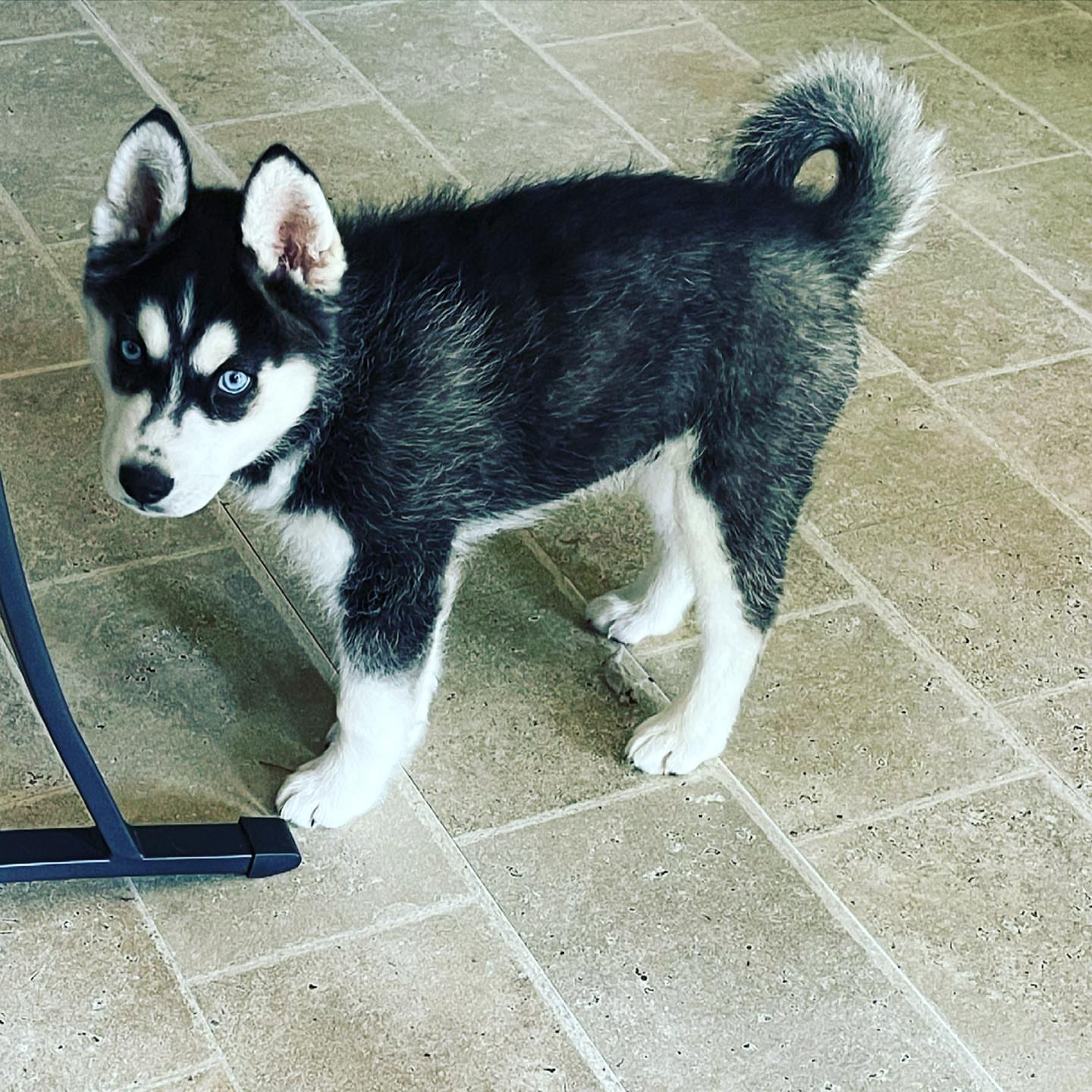
Conclusion:
In conclusion, we have explored the intriguing world of Husky tail variations, shedding light on the different shapes and curls that can be observed within the breed. It’s important to remember that not all Husky tails curl, and this diversity is part of what makes each Husky so unique and special. Let’s recap the key points discussed in this blog post.
Husky tails exhibit a range of variations from tightly curled tails to straight or slightly curved tails while a curled tail is often associated with huskies it s essential to appreciate the beauty and authenticity of straight tailed huskies they are still recognized as purebred members of the breed and possess all the other remarkable traits that make huskies such beloved companions.
Understanding the genetic factors that influence tail curl helps us appreciate the individuality and diversity within the breed. Tail curl is not necessarily an indicator of breed purity or quality. It is merely one of the many variations seen among Huskies, and each tail adds to the charm and allure of these magnificent dogs.
Proper tail care is crucial for maintaining the overall health and well being of huskies regular grooming including brushing the tail area helps keep their tails in good condition additionally monitoring the tail for any signs of injury irritation or infection is essential creating a safe environment for huskies and consulting with a veterinarian for regular check ups are important steps in ensuring the happiness and comfort of your husky.
As Husky owners, we should embrace the diversity of tail variations within the breed and celebrate the unique qualities of our individual dogs. Every Husky, regardless of their tail shape or curl, possesses the captivating allure and enchanting personality that make them such cherished companions.
So, let us appreciate the stunning beauty of Husky tails, whether curled or straight, and continue to provide responsible care, love, and attention to our beloved Husky companions. By embracing their uniqueness and ensuring their well-being, we can create a joyful and fulfilling bond that lasts a lifetime.


